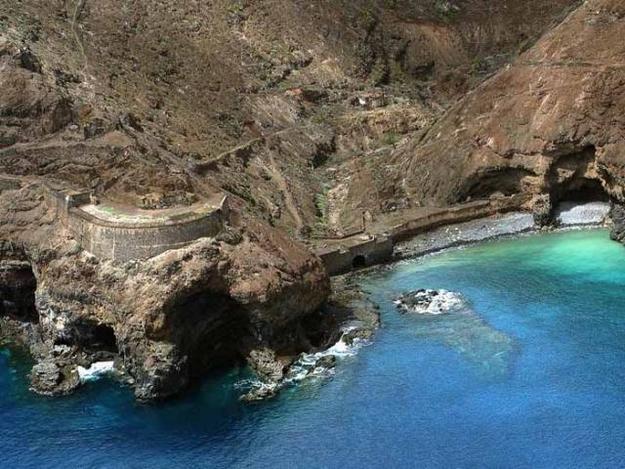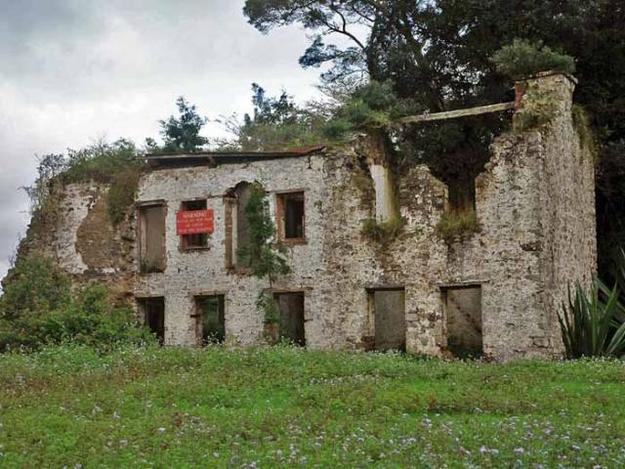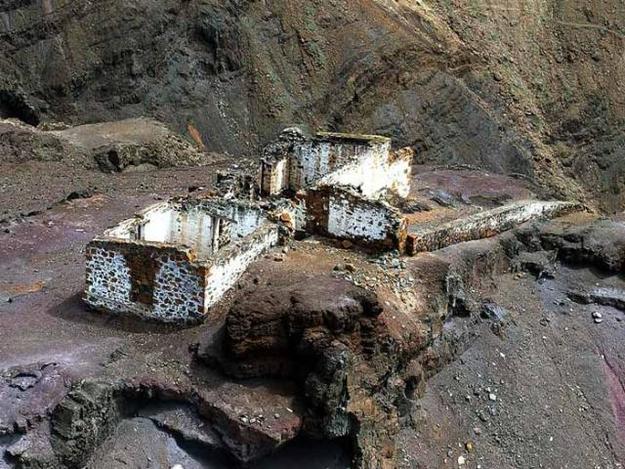Saint Helena
2012 World Monuments Watch
The jagged cliffs of Saint Helena rise out of the Atlantic Ocean between the continents of Africa and South America, some 1,200 miles from the nearest landmass. The once strategic and commercially important island was discovered by the Portuguese in 1502 and occupied by the British from the middle of the seventeenth century. Saint Helena served as a colonial staging post for the East India Company and was later used as a resupply point for the British seaborne fleet. Napoleon, its most famous resident, was exiled here in 1815. The architecture reflects the island’s storied past, with British, French, Boer/South African, and African influences. Many of Saint Helena’s heavy fortifications still dominate the coastline, and current inhabitants continue to use and adapt the company houses, stores, and forts to their daily lives.
Saint Helena’s built heritage, including Banks Battery and High Knoll, has increasingly suffered from deterioration and partial collapse as lack of investment, government support, or legislative protection have made it difficult to maintain or improve the condition of many sites. Saint Helena is not eligible for most conservation funding available in the United Kingdom, even though it is a British Territory. Saint Helena is representative of several overseas British territories with little access to government resources for heritage stewardship. The island was included on the 2012 World Monuments Watch to bring attention to its potential for a better economy through heritage-related tourism development.
Watch Day
Watch Day took place in September 2012, and offered students from the Prince Andrew School the opportunity to learn about Saint Helena’s past and the challenges of preserving its built heritage. The event included visits to various sites around the island including Lemon Valley, the Museum of Saint Helena, and High Knoll Fort. The students filmed various activities throughout the day and interviewed participants.
Since the Watch
In early 2012 a Historic Environment Record was completed, establishing formal documentation of all of Saint Helena’s heritage sites. The first commercial flight landed at the island’s new airport in April 2016, ushering in new tourism opportunities.



